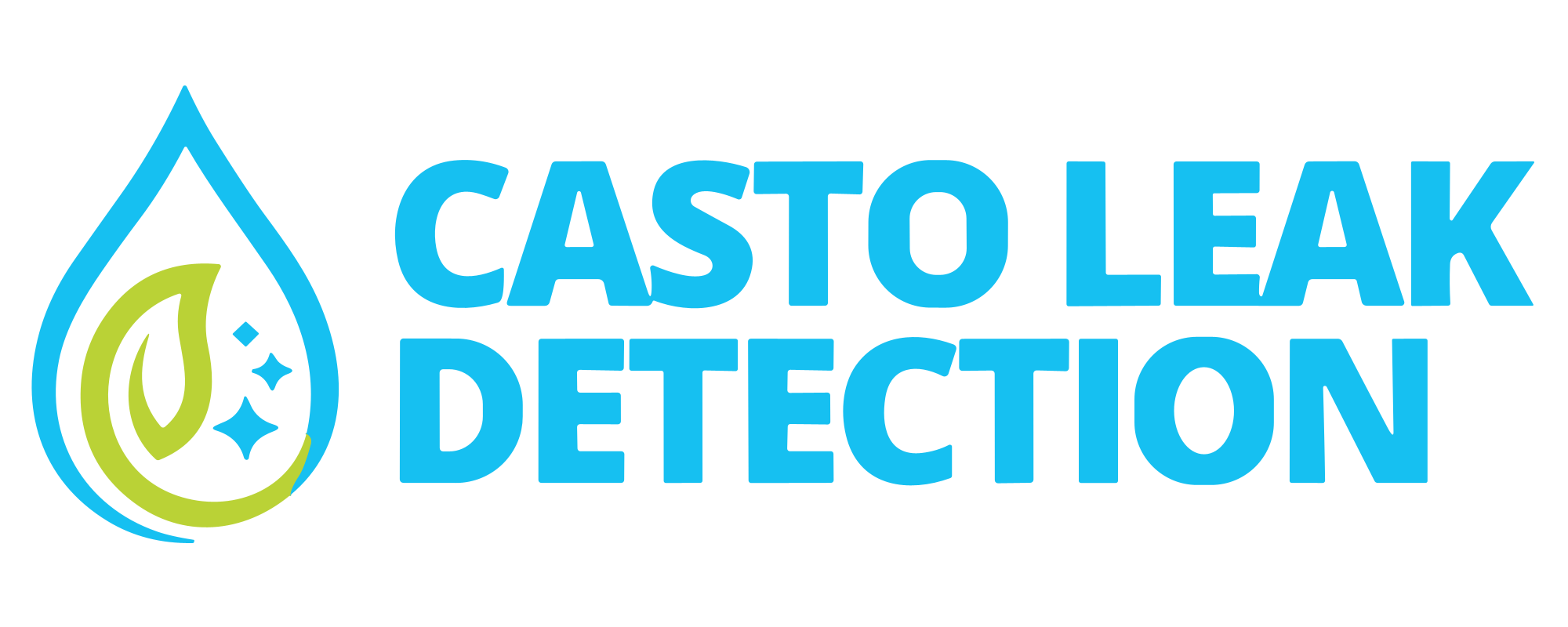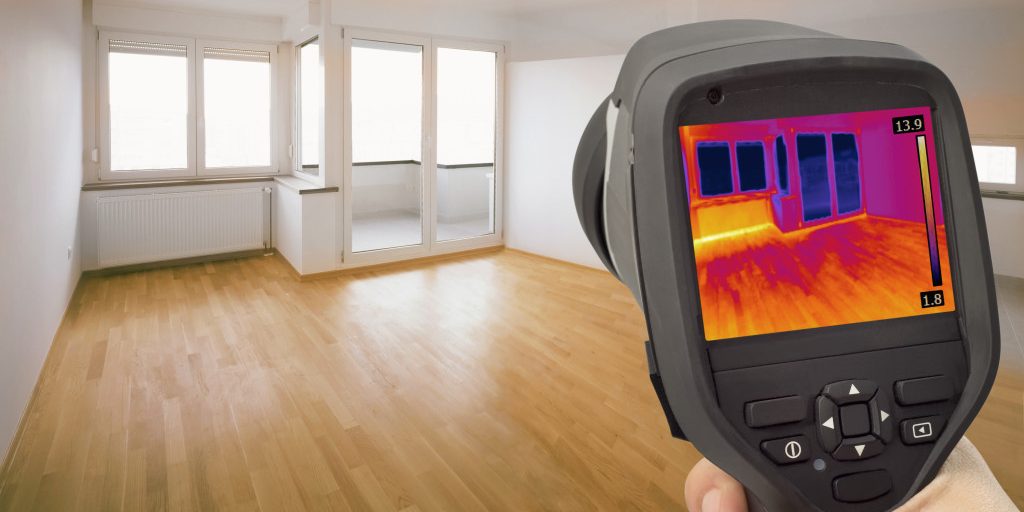In the world of home maintenance, plumbing leak location stands out as a critical task. Identifying the exact spot where a leak has occurred not only saves time and money but also prevents potential damage to your property. Early detection and accurate location are key to efficient plumbing maintenance.
The Challenges in Detecting Plumbing Leaks
Plumbing leak location can often be challenging due to the complexity of home plumbing systems. Leaks can occur in visible areas, but more often, they are hidden behind walls, under floors, or deep within the plumbing network, making them difficult to detect without the right tools and techniques.
Overview of Common Leak Locations in Household Plumbing
Leaks can occur anywhere in a home’s plumbing system, from the kitchen and bathroom to the basement or utility areas. Knowing the common leak locations helps homeowners stay vigilant and respond promptly when signs of a leak appear.
Tools and Techniques for Leak Detection
Professional Equipment Used by Plumbers
Professional plumbers utilize advanced tools for plumbing leak location, such as acoustic detectors, infrared cameras, and pressure testing equipment. These tools allow for non-invasive detection and precise location of leaks, even within complex plumbing networks.
DIY Tools for Basic Leak Detection
For the DIY enthusiast, basic tools like stethoscopes, moisture meters, and dye testing kits can be effective for simple plumbing leak locations. These tools are accessible and can help identify leaks in more apparent areas of the plumbing system.
Innovative Technologies in Leak Location
Emerging technologies, including smart water sensors and AI-based monitoring systems, are revolutionizing plumbing leak locations. These devices offer real-time leak detection and alerts, making it easier for homeowners to respond to leaks promptly.
Identifying Signs of Plumbing Leaks
Physical Indicators of Leaks in Your Home
The most obvious signs of a plumbing leak are water stains on walls or ceilings, bulging or warped flooring, and visible mold or mildew. These indicators suggest a leak nearby and warrant immediate investigation.
Auditory Clues for Leak Detection
Sometimes, the sound of dripping or running water can indicate a leak. Paying attention to these auditory clues, especially when all water sources are turned off, can lead to a successful plumbing leak location.
Unusual Smells and Other Less Obvious Signs
Musty odors often accompany hidden leaks, particularly if they have been present for some time. Additionally, an unexplained increase in water bills can also suggest a hidden leak within the plumbing system.
Locating Leaks in Specific Plumbing Areas
Kitchen Leak Location Strategies
In kitchens, common leak locations include under the sink, around the dishwasher, and refrigerator water lines. Regularly check for moisture or signs of corrosion in these areas to ensure early plumbing leak location.
Bathroom Plumbing: Common Leak Spots
Bathrooms are prone to leaks around fixtures such as toilets, bathtubs, and sinks. Check for loose tiles, soft flooring, or stains on ceilings below bathrooms, as these can indicate a leak.
Basement and Utility Room Leak Detection
Basements and utility rooms often house the main water lines and heaters. Look for pooling water, rusting on tanks, or dampness along pipes, which could signify a leak.
Dealing with Hidden Leaks
Techniques for Locating Leaks Behind Walls
Detecting leaks behind walls requires careful observation. Peeling paint, wallpaper, or swollen wood are signs to watch for. Acoustic listening devices can also be used to hear water running inside walls.
How to Find Underground Pipe Leaks
Underground leaks are challenging but can be indicated by unusually soft ground or lush patches of grass. Professionals might use soil probes or ground-penetrating radar for accurate plumbing leak location in such cases.
Addressing Ceiling and Floor Leaks
Ceiling and floor leaks usually manifest as unexplained wet spots or bulges. These require immediate attention to prevent structural damage. Infrared cameras are useful tools for detecting such leaks.
The Role of Professionals in Leak Location
When to Call a Professional Plumber
If DIY methods fail to locate a leak or if the leak is in a complex area like under the slab or behind walls, it’s time to call a professional. Their expertise in plumbing leak location is crucial in such scenarios.
What to Expect from Professional Leak Detection Services
Professionals employ various methods, including pressure testing and video pipe inspection, to locate leaks. They can accurately diagnose the problem and suggest the best repair solutions.
The Advantages of Professional Diagnosis
Professional plumbers can save homeowners time and money in the long run by providing a thorough and accurate diagnosis, preventing recurring issues and extensive damage.
Preventative Measures for Plumbing Leaks
Regular Maintenance Tips to Prevent Leaks
Conducting regular inspections of pipes, fixtures, and appliances connected to your plumbing system can help prevent leaks. Replace old or worn-out parts promptly.
How to Regularly Check Your Plumbing for Leaks
Create a maintenance schedule to check all exposed pipes, faucets, and the base of toilets and heaters. Look for corrosion, dampness, or mineral deposits as signs of potential leaks.
Long-Term Solutions to Avoid Frequent Leaks
Consider upgrading older plumbing, installing water pressure regulators, and using leak detection systems to minimize the risk of leaks. Long-term solutions like these can enhance the durability of your plumbing system.
DIY vs. Professional Leak Repair
Assessing When You Can DIY Leak Repair
Evaluate the severity and accessibility of the leak. Simple leaks like a dripping faucet are usually DIY-friendly, but more complex issues should be left to professionals.
Risks and Limitations of DIY Leak Location
DIY attempts can sometimes aggravate the problem if not done correctly. Understanding the limitations and risks involved is crucial to avoid causing further damage.
Benefits of Hiring a Professional for Leak Repair
Professional plumbers bring expertise, proper tools, and experience. Their involvement ensures that the repair is thorough, complies with local codes, and offers long-lasting solutions.
Cost Implications of Leak Location and Repair
Estimating the Cost of DIY Leak Detection
DIY leak detection can be cost-effective but may require investment in basic tools. However, it’s limited in scope compared to professional methods.
Understanding Professional Service Charges
Professional plumbing leak location services vary in cost, depending on the complexity and location of the leak. It’s wise to get quotes from multiple plumbers for comparison.
Long-Term Savings from Accurate Leak Location
Investing in professional leak locations can lead to significant long-term savings by preventing extensive damage and ensuring the problem is resolved effectively.
Frequently Asked Questions (FAQs)
How can I tell if I have a plumbing leak?
Signs include increased water bills, the sound of running water when taps are off, damp spots on floors or walls, mold growth, and a musty odor.
What are the most common locations for plumbing leaks?
Common locations include under sinks, around toilet bases, near water heaters, in basements or crawl spaces, and within walls or ceilings.
Can I locate a plumbing leak myself?
Yes, for visible leaks. For hidden leaks, you can look for signs like water stains or listen to the sound of running water. However, professional assistance is recommended for accurate detection.
What tools do professionals use for leak detection?
Professionals use acoustic leak detectors, infrared cameras, moisture meters, and pressure testing equipment for precise leak location.
How do professionals repair leaks behind walls or under floors?
They often use non-invasive methods first, like infrared cameras, to locate the leak. Then they might need to remove a section of the wall or floor to access and repair the leak.
Is it expensive to fix a plumbing leak?
The cost depends on the leak’s location, severity, and repair complexity. While minor leaks can be relatively inexpensive to fix, major repairs, especially for hidden leaks, can be more costly.
What should I do if I suspect a leak but can’t find it?
If you suspect a leak but cannot locate it, it’s best to call a professional plumber. They have the expertise and equipment to detect and repair hidden leaks.
Can ignoring a small leak cause significant damage?
Yes, even small leaks can lead to major problems over time, such as structural damage, mold growth, and wasted water, leading to higher utility bills.
How often should I check my home for leaks?
It’s good practice to check your home for leaks at least twice a year. Regular maintenance can help catch and fix leaks early.
What are the best ways to prevent plumbing leaks?
Regular maintenance, including checking pipes and fittings for corrosion or damage, ensuring good water pressure, and avoiding clogs by being careful about what goes down your drains, are effective ways to prevent leaks.
Conclusion
Regular inspections, being aware of the signs of leaks, and using the right tools are key strategies for ineffective plumbing leak location.
Timely intervention not only prevents structural damage but also conserves water and saves money. Addressing leaks as soon as they’re detected is crucial.
Stay proactive about your home’s plumbing health. Whether opting for DIY methods or professional assistance, the key to successful plumbing leak location is prompt action and regular maintenance.







